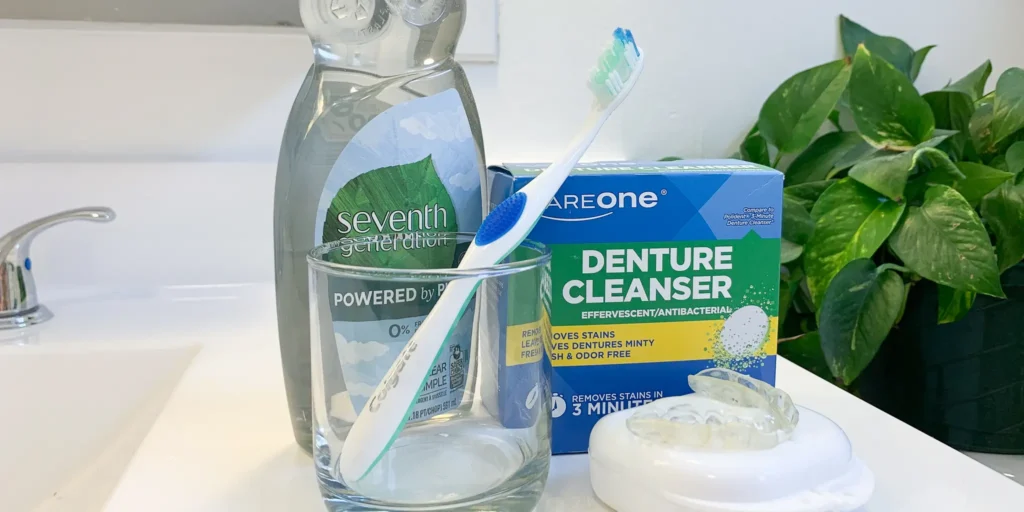Introduction
An irrigation system is one of the most important tools in modern landscaping design. It saves time, conserves water, and ensures that lawns, gardens, and commercial landscapes receive consistent, targeted hydration. But when that system begins to fail—often silently—it can undo even the most thoughtful landscaping work.
Left unchecked, small issues like leaks, broken heads, or faulty valves can evolve into serious problems, causing plant stress, water waste, erosion, or even structural damage. The sooner you recognize the warning signs, the easier it is to avoid costly repairs or irreversible landscape damage.
Here’s a practical guide to identifying the most common irrigation system red flags before they get out of hand, whether you’re a homeowner, facility manager, or commercial property owner.
1. Uneven Growth or Dry Spots
One of the clearest indicators that something’s wrong with your irrigation system is inconsistent turf or plant growth. If some areas appear lush and others are dry, brown, or stunted, your watering coverage is likely off balance.
What it might mean:
- Misaligned or clogged sprinkler heads
- Leaks that prevent pressure from reaching farther zones
- Obstructions such as overgrown plants or debris
This type of pattern is common when systems haven’t been inspected regularly. It often indicates the need for targeted irrigation repair or reconfiguration.
2. Water Pooling in Unusual Areas
Puddles forming in random spots—especially after short watering cycles—should raise concern. Standing water can create slippery surfaces, attract pests, and damage nearby hardscapes.
Possible causes include:
- Cracked pipes underground
- Broken sprinkler heads that fail to shut off
- Pressure imbalances within a specific zone
Pooling doesn’t just mean excess water; it also signals inefficient distribution, which is a major problem for properties aiming to conserve water and comply with environmental regulations.
3. System Pressure Fluctuations
If your system is spraying too forcefully or not at all, it could be suffering from water pressure issues. A sudden drop or spike in pressure can reduce effectiveness or damage components over time.
Warning signs:
- Sprinklers barely misting or forcefully shooting water
- Irregular spray patterns
- Hissing or popping sounds during operation
Pressure irregularities may be tied to faulty regulators, clogs, or breaks in the main line. Accurate diagnosis typically requires a visual inspection and pressure test.
4. Soaring Water Bills Without Increased Usage
A hidden leak in your irrigation system can quietly drive your water bill higher over weeks or months. Because the system is automated and underground, the leak often goes unnoticed until the expense becomes hard to ignore.
Clues to investigate:
- A noticeable increase in your monthly water bill
- Damp spots around the yard with no recent rainfall
- Mushy turf or constantly wet mulch beds
This is where proactive irrigation repair pays off. Identifying a leak early not only saves money but prevents long-term damage to plants and soil.
5. Malfunctioning Timers or Controllers
Even a perfectly installed system can fail if the controller stops working. The timer is responsible for regulating watering frequency, duration, and zone sequencing.
Common issues include:
- Inconsistent watering times
- Blank screens or flashing error codes
- Zones activating out of order or not at all
Older controllers may struggle with power interruptions, while newer ones may be affected by software glitches or poor sensor integration. Regular inspection of the controller is an essential part of responsible system maintenance.
6. Sprinkler Heads That Sputter, Tilt, or Fail to Pop Up
Visible damage to sprinkler heads is one of the simplest problems to spot—and one of the most frequently ignored. Broken heads not only reduce coverage but often waste water through leaks or overspray.
Red flags include:
- Sprinklers failing to rise during activation
- Water shooting sideways or only partially covering an area
- Heads that sit at odd angles or are partially buried
These issues are common after landscaping projects, foot traffic, or mower damage. Routine inspection can identify problems early and avoid deeper system inefficiencies.
7. Soggy Areas Near Valves or Pipe Connections
Some parts of your system are designed to hold and regulate water pressure even when not in use. If you’re noticing soft, soggy patches near valve boxes or main connections, you could be dealing with slow leaks or deteriorating seals.
Other signs to check:
- Mold or algae near valve locations
- Constant sound of water movement when system is off
- Pressure loss without visible surface water
Even small valve leaks can become costly over time, especially in larger or commercial systems where multiple zones are affected.
8. Ignoring Seasonal Transitions
Another overlooked factor that can lead to irrigation system failure is skipping seasonal adjustments. Landscapes have different needs in spring, summer, and fall, and your system should be calibrated to reflect those shifts.
Neglecting seasonal maintenance can cause:
- Overwatering during rainy seasons
- Dried-out turf in summer
- Freeze damage during early winter
Whether you’ve invested in a basic system or a more complex smart setup, each one requires attention to timing and climate responsiveness. Planning irrigation repair ahead of seasonal change prevents wear and extends equipment life.
Why It Matters for Commercial and Residential Properties Alike
While homeowners may suffer from increased costs or dry landscaping, commercial properties face even higher stakes. Poor irrigation management affects everything from building appearance and client impressions to compliance with water use regulations.
In retail, hospitality, and office settings, visible landscape deterioration or runoff issues can deter customers and create liability concerns. That’s why irrigation repair isn’t just a maintenance task—it’s a business necessity.
Innovation Landscaping encourages both commercial and residential clients to include irrigation checks as part of routine landscape management. Preventative care minimizes long-term costs and helps keep all elements of your landscaping design functioning as intended.
Conclusion
A failing irrigation system doesn’t always announce itself with obvious signs. Sometimes the clues are subtle—dry corners of turf, slight water pooling, or fluctuating water bills. But recognizing these red flags early is critical to avoiding costly damage and preserving the integrity of your landscape.
From pressure issues and misaligned heads to aging controllers and leaky valves, each component of your irrigation system requires attention and timely repair. The good news is that most issues are easily resolved when caught early.
By staying alert to the warning signs and scheduling regular system reviews, property owners can ensure their irrigation system supports the health, appearance, and efficiency of their outdoor spaces.



